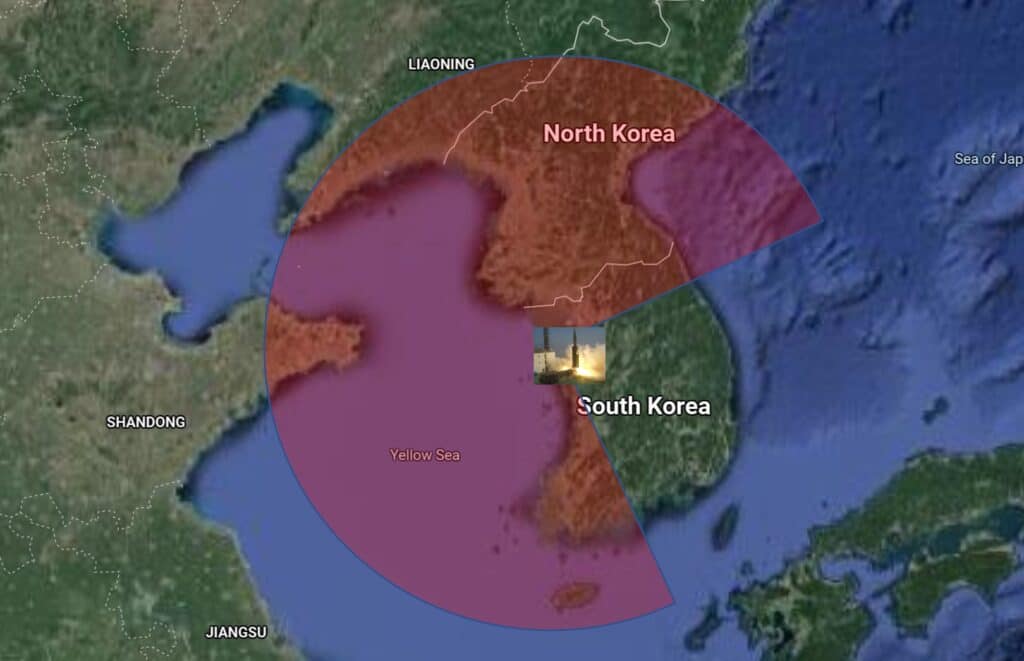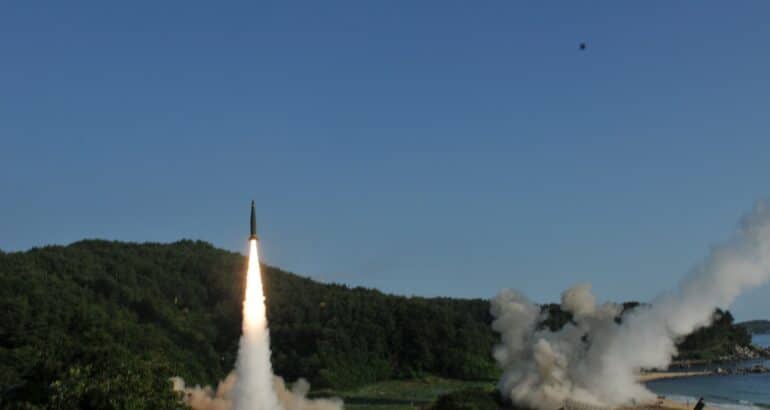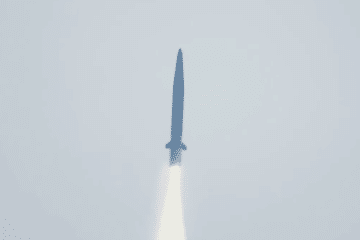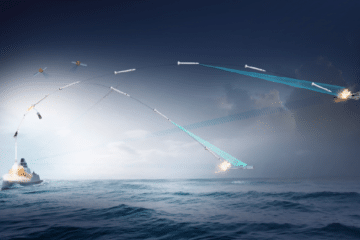The key feature of the plan is to combine anti-ship ballistic missiles (ASBM) with satellites, since it is not easy to approach or detect the Chinse Navy’s ships due to the versatile environment and curvature of the Earth. In addition, PLAN and Chinese Coast Guard ships are becoming bigger.
However, the ADD suggested that the Korean military could overcome these restrictions if the real-time datalink and space assets such as reconnaissance satellites could be linked together. The first move that the ADD proposed was to launch several low-orbit reconnaissance satellites to cover the Korean Peninsula, which would enable Korean military forces to detect targets and signals from them, along with communication satellites that have real-time information delivery systems. In the event of naval hostilities at sea, reconnaissance satellites would detect and track hostile ships in the West Sea, while communication satellites transfer relevent information to land forces and ships through datalink.
Based on target information provided by satellites, anti-ship ballistic missiles (ASBM) can subsequently be fired and precisely destroy a land- or sea-based enemy target. According to local media, this would be comparable to the People’s Republic of China’s (PRC) A2/AD (anti-access/area-denial) concept with the DF-21D ASBMs to prevent the US Navy’s Carrier Strike Groups from entering the close seas surrounding the PRC. It is because Korean ASBMs with a firing range of only hundreds of kilometers would be able to target most of the Korean Peninsula’s coastal districts. Because the firing range of K-ASBMs is less than that of Chinese ones, quick response to reach the target in a short time is achievable.
“The PRC could not move in the West Sea if our missiles can strike anything within 500 kilometers”
A well informed Korean military source
South Korean A2/AD with ASBM

The ASBM of choice to enable a “Korean A2/AD” would be the Hyunmoo-2B ballistic missiles (500 km) which features solid fuel since the ADD has developed solid-fuel missiles since the 1980s. The ADD believes that it would destroy a target after finding the target in the terminal cruising phase, as long as the missile has a proper seeker that would accurately detect targets at sea.
The ADD is said to have a millimeter-wave Ka-band seeker with both active and passive modes for this purpose, which senses the target’s shape and other information based on the temperature difference between sea-based targets and seawater. An ASBM fitted such a seeker may thus search for naval targets in an action-seeking mode at 30 km altitude, followed by detection and strike employing passive and active modes simultaneously in a terminal stage.
Furthermore, signal intelligence (SIGINT) satellites in low orbit are projected to assist operating constraints of optic and radar satellites by detecting electric waves and heat signature from ships’ engines and equipment. The ‘Korean aircraft carrier killer’ system, as it was called by local media, may be efficiently built if South Korea acquires ASBM, integrated datalink, real-time ground command and control, and cost-effective surveillance and communication satellites. After Seoul and Washington jointly decided to repeal the ROK-US missile guideline last May, the ADD took the initiative in developing localized military satellites employing solid-fuel projectiles.
To add to this future Korean A2/AD bubble, South Korea recently unveiled a new supersonic missile which seems to be based on the Russian Yakhont. It reportedly will provide the anti-surface warfare (ASuW) punch of the ROK Navy’s future KDDX and KDX III Batch 2 destroyers. But the anti-ship missile could potentially be land based as well.






